| Structure | Name/CAS No. | Articles |
|---|---|---|
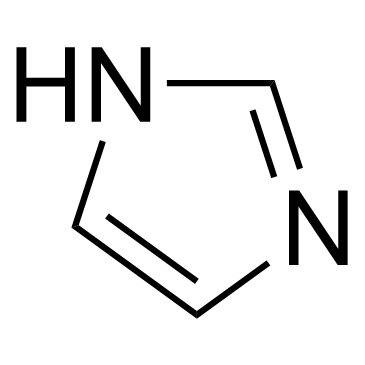 |
Imidazole
CAS:288-32-4 |
|
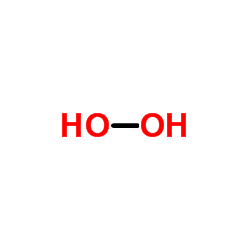 |
Hydrogen peroxide
CAS:7722-84-1 |
|
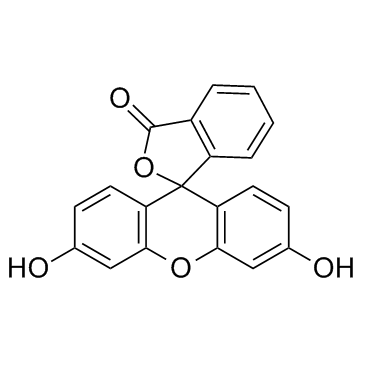 |
Fluorescein
CAS:2321-07-5 |
|
 |
Dimethyl sulfoxide
CAS:67-68-5 |
|
 |
Lithium chloride
CAS:7447-41-8 |
|
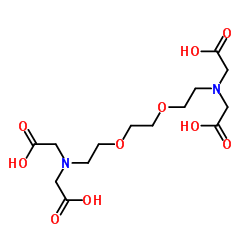 |
EGTA
CAS:67-42-5 |
|
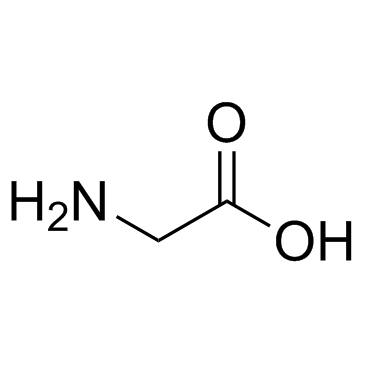 |
Glycine
CAS:56-40-6 |
|
 |
Geneticin
CAS:108321-42-2 |
|
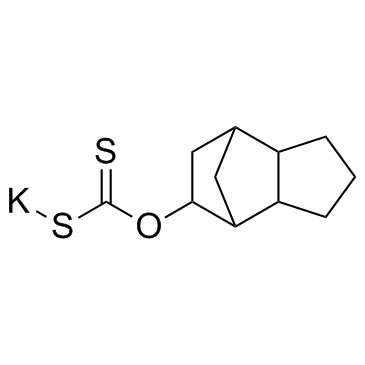 |
D609
CAS:83373-60-8 |
|
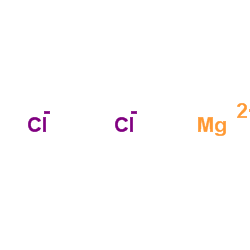 |
Magnesium choride
CAS:7786-30-3 |